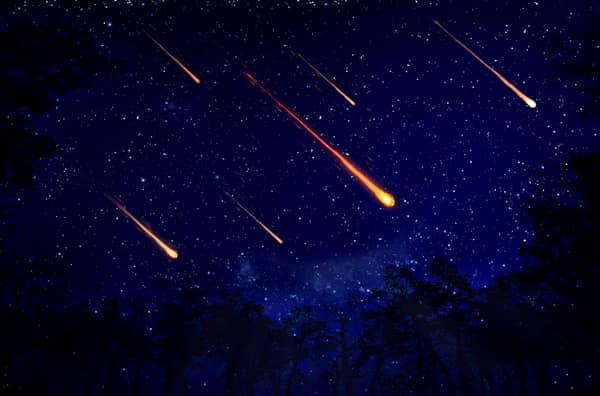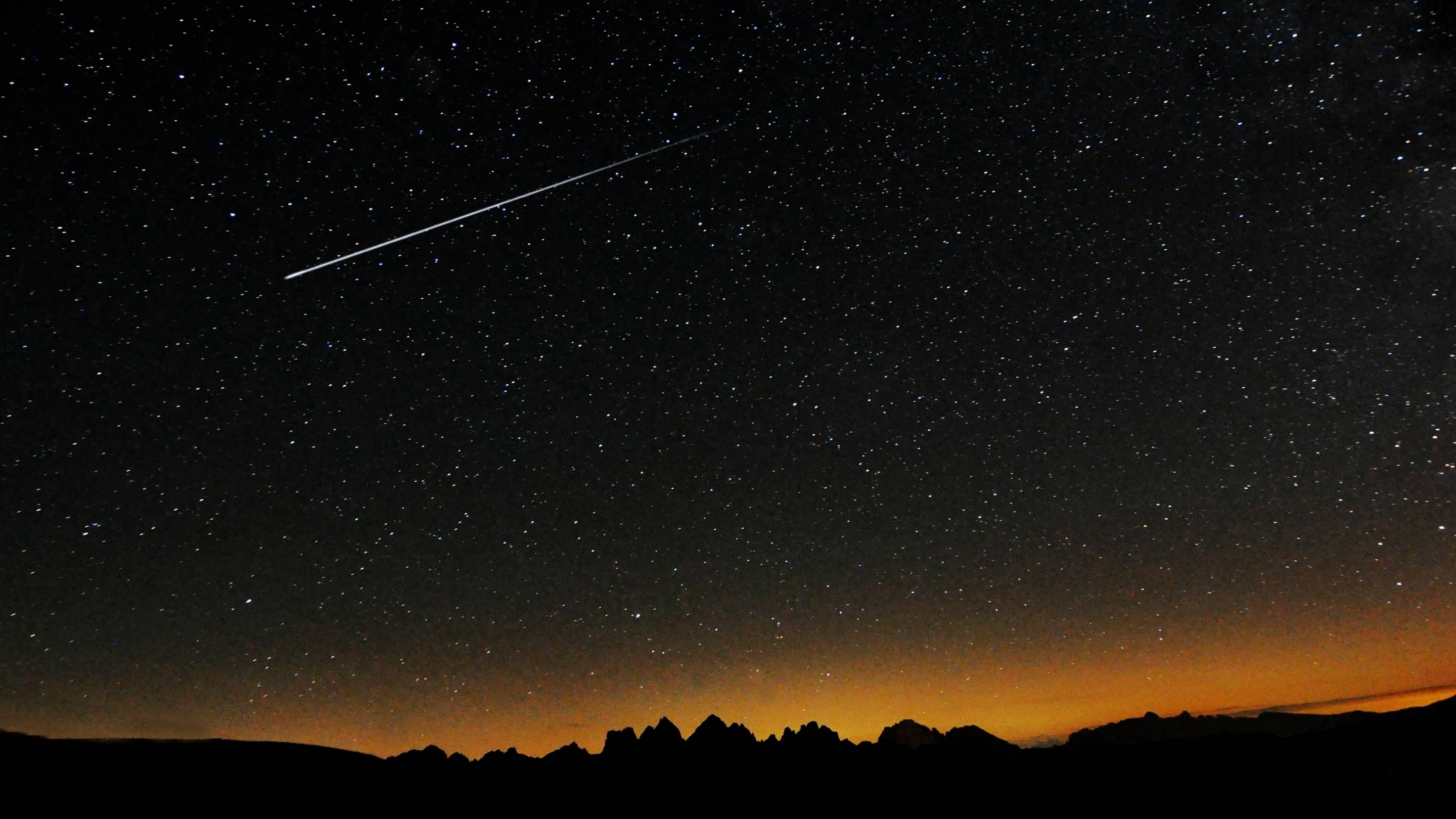A team at Purdue University, studying meteors published a research paper recently that is explaining the phenomenon that might occur and causes the meteors to burst up in the lower atmosphere. The event of their bursting is called as “meteoric air burst.” Anyone who is fond of looking at the night sky might have witnessed a few shooting stars. They appear to be moving through space at incredible speeds and create a long cosmic trail behind them as well. As per conventional thoughts, when an alien stone or a debris enters our atmosphere, it has to face a lot of friction as a result of the gravity and speed with which it is falling down. The bursting of the meteor before hitting the earth surface is lucky for us since if a huge meteor hit the surface at such huge speed it will result in a massive catastrophe.
The question is, what is really happening with them meteor when we are seeing a beautiful shooting stars and meteor showers? When a small debris enters our atmosphere, the object burns up because of the high friction and high speed with which it is falling. When we are talking about a small debris, it means a very small object that is a size of a pebble or a dust which looks like a beautiful shooting star to us on earth. But when larger objects, that may be up to several meters in diameter, falls on earth, the impact they can make could be huge and dangerous.
The Tunguska event that occurred some time ago in Siberia was a catastrophe. It was caused by a huge meteor that managed to cross our atmosphere successfully and before it could burst in mid-air, it hit the ground. The heat generated from the explosion was felt over 40 miles away from the impact zone, and the seismic pressure was measured in England as well. The rock that hit the ground was approximately 120 feet across, has a weight of 220 million pounds and fell at a speed of about 33,500 miles per hour. This heated the air in the area and reached 28,000 feet above the surface of the earth. The explosion it made was 185 times stronger than an explosion made by a nuclear bomb.
NASA revealed a lot of information about another event that took place in Russia. That rock was much smaller than the one that fell in Tungusta. The rock that fell in Russia was said to be about half a size of it. However, the impact it made was huge and caused a significant damage to the impact zone. The events of this scale are very rare and may occur once in every 300 years. Astrophysicists are interested to discover the reason as for why some of these space rocks explode in the form of a massive fireball instead of burning up in the earth’s atmosphere and hitting the surface later on. If they can discover the reason, it can make us prepared in advance for any such event and can save many lives if in case instead of exploding in Siberian ground it hits a busy city in the world.

The team who studied meteors at Purdue University and published a research paper have claimed to explain the phenomenon that might be occurring to make meteor break up in earth atmosphere. They have named the event a “meteoric air bursts.” According to them, the super-heated air as a result of free-fall and friction it faces against the earth is collected in a bow-shock in front of the rock. The heated air gets into the meteor through its porous surface and causes structural instability in it. This eventually causes the rock to burst apart. When a crack occurs in the surface of the meteor, the area increases from where the heat can enter the meteor, this causes more friction and creates more heat. The compressing air that is flowing through the porous surface also increases efficiency. This process keeps increasing inside the meteor until the entire meteor becomes heated up so much that it turns into a massive burst of fire falling through the air. In case of the Chelyabinsk meteor in Russia, this feedback loop occurrs 14 miles above the ground but it also came in at a very shallow angle.
There are many other meteors that could come in at sharper angles and can hit the ground at higher speeds. The meteor can also explode after coming very close to the surface and can cause even more damage. The scientists who worked on this theory were using computer simulations to form a draft on this particular problem. Through the simulations, they determined that forcing the air through the pockets of the meteor will allow it to stabilize the pressure inside. This will have two benefits. One is cooling the air in front of and around the meteor, and reducing the energy moving in and out of it & prevents an explosion. Secondly, it will reduce the chances of an explosion even further. The defense measure can be used to prevent disasters like the Chelyabinsk and Tunguska disasters. However, it would be ineffective against larger meteors.



